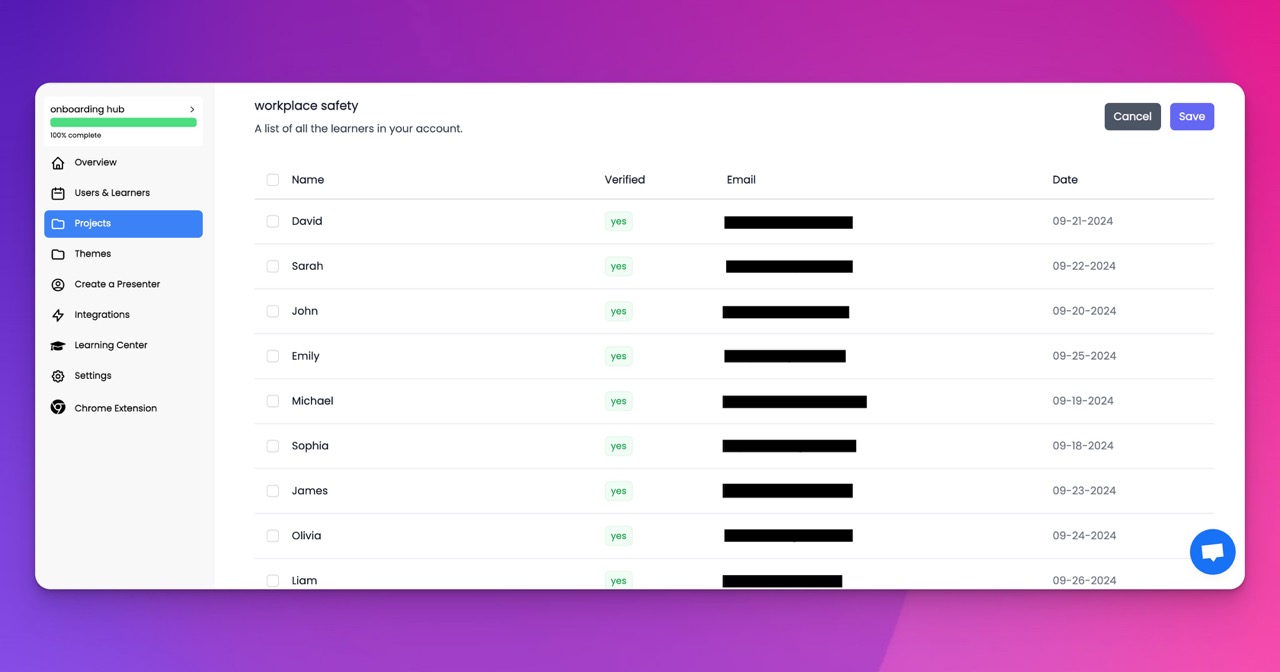🎉 Trainday now integrates with Zendesk and Hubspot 🎉 Trainday now integrates with Zendesk and Hubspot 🎉 Trainday now integrates with Zendesk and Hubspot
🎉 Trainday now integrates with Zendesk and Hubspot
🎉 Trainday now integrates with Zendesk and Hubspot
Contact
Waste Management
The Art of Storyboarding for Waste Management Explainer Videos: A Visual Storytelling Guide
In the world of waste management, effectively communicating complex processes and information to a broad audience is key to promoting understanding and driving change. One powerful tool in the arsenal of waste management professionals is the use of explainer videos, which can help simplify concepts and engage viewers in a visually compelling way.
One essential element of creating an effective waste management explainer video is storyboarding. Storyboarding is the process of planning out a video scene by scene, sketching out key elements such as visuals, dialogue, and transitions. By creating a storyboard, waste management professionals can map out the flow of their video and ensure that key messages are effectively communicated.
So, how can waste management professionals create a storyboard that effectively conveys their message and engages viewers? Here are some tips for mastering the art of storyboarding for waste management explainer videos:
1. Start with a clear message: Before diving into the storyboard, it's important to have a clear understanding of the key message you want to convey in your video. What information do you want viewers to take away? What action do you want them to take? By starting with a solid message, you can ensure that your storyboard is focused and effective.
2. Break down the information: Waste management can be a complex topic, so it's important to break down the information into digestible chunks. Use your storyboard to map out the key points you want to cover in your video and consider how you can visually represent each point to make it engaging and easy to understand.
3. Create a visual narrative: Visual storytelling is a powerful tool for engaging viewers and conveying complex information. Use your storyboard to sketch out the visuals you want to include in each scene, considering how each image can help reinforce your message and keep viewers engaged.
4. Consider transitions: Transitions are an important element of any video, helping to guide viewers from one scene to the next. Use your storyboard to plan out how each scene will flow into the next, considering how you can use transitions to keep viewers engaged and maintain the overall narrative of your video.
5. Get feedback: Once you've created your storyboard, don't be afraid to seek feedback from colleagues or test audiences. Getting input from others can help you identify any potential gaps or areas for improvement in your storyboard, ensuring that your final video is as effective as possible.
By mastering the art of storyboarding for waste management explainer videos, professionals can create engaging and informative content that drives understanding and promotes positive change. With a clear message, thoughtful visual storytelling, and effective transitions, waste management professionals can effectively communicate their message and inspire action in viewers.
Accelerate Compliance.
Deliver OSHA-Ready Courses Instantly.
Empower your team with data-driven training solutions tailored to your industry's safety standards. Stay compliant, reduce risks, and boost productivity with AI-powered course creation.
